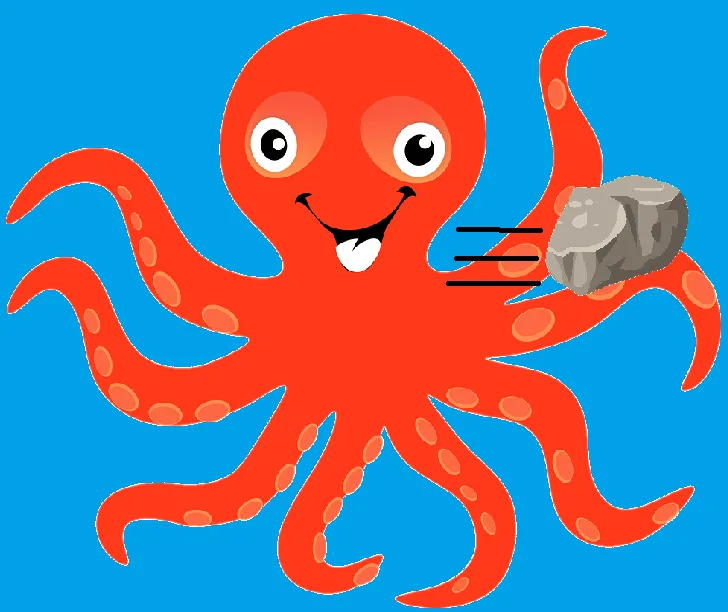
When I was a kid there was this thing where when you bought a game, it came with a little book what taught you how to press A to jump.
In the Atari age, you had to have these to even understand what was happening in the game, and what you were supposed to do.

It's important to know which blob of color you are after all.
I never really played in back then, though. I was too young. My first console was a Sega Master System. By that time, graphics were good enough that you could at least get a decent idea what the sprites were and what the game expected you to do.
Also, it was about this time that games began to have tutorials, in-game instructions on how to actually play them (the history of tutorials would probably be a really cool subject to write on sometime, actually).
As a result, the instruction booklet changed. It stopped focusing on how to play the game and became more of a supplement to it. In those days there was no internet you could hop on to learn more about the extended lore of the enemies and locations in the game.
For most games at that time what you saw was all you got. It was only through the Legend of Zelda's booklet that we knew anything at all about Hyrule, what the shiny triangles we seemed to want so badly were, or even what to call an Octorok.

Ok, that one we should have been able to piece together.
Details like the fact that Birdo from Mario 2 is a dude or the code to your submarine in Startropics just weren't in the game.
As time passed more and more of this ended up in the game, until the manuals became nothing but a place to put the controls (which are, of course, also in the game these days) in case you wanted to learn how to play your game when you didn't have access to it, for some reason.
Pc games, though, were different. Instruction booklets for computer games weren't just designed to teach the game or provide background information, but often were used as a kind of copy projection. Of course, they did their best to hide that fact.
Where in Time is Carmen Sandiego came with an encyclopedia for this purpose, Monkey Island had a decoder wheel with pirate faces, and King's Quest 3 had the recipes for its spells in the manual (and killed you if you made any mistakes) .
As a result of their utility perhaps, PC games brought the art of the manual to its apex.
The best game manual ever made has to be the booklet for Fallout 1. It is presented as a wasteland survival guide and even contains survival recipes in the back.
I actually own a copy of that manual, and it is my most prized gaming possession. It is the perfect summation of everything I love about games, story based while still mechanically rich.
All my game manuals are stuffed in a box right now, awaiting the day I have the room to display them once again. On that day, the fallout manual will be front and center.
